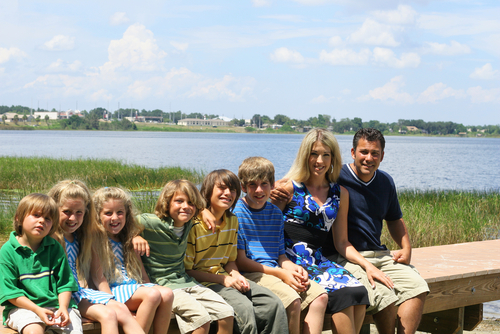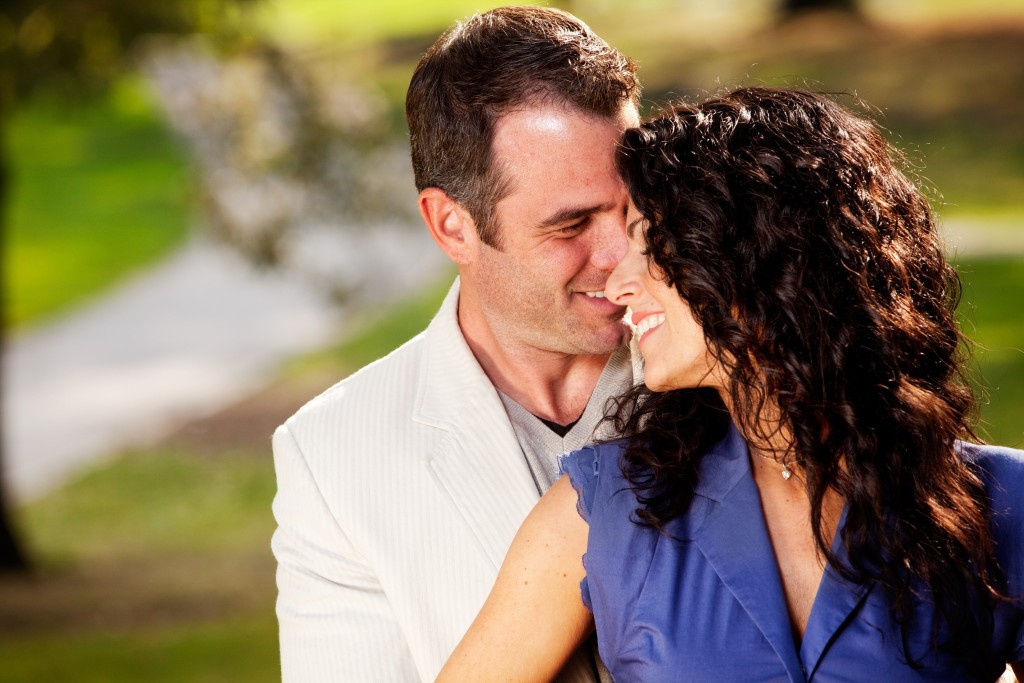
Attachment Types & How They Can Hinder You In Fights
Ever felt like your disagreements turned into a cosmic clash of emotions, with one craving closeness while the other seeks space? Welcome to the world of attachment types in relationships! Understanding attachment styles—particularly anxious and avoidant—can be the ultimate game-changer in resolving conflicts. Navigating these differences can unlock the secret to more empathetic and effective communication, turning clashes into stepping stones for growth and understanding.

The Dance of Conflicting Attachments
When these contrasting attachment styles collide in a disagreement, it’s like watching a dance where one partner moves closer while the other steps back. Anxious individuals might crave closeness, while avoidant partners seek distance, creating a tug-of-war effect.
Understanding these attachment styles can provide insight into how individuals approach conflicts. It’s like deciphering a secret code—the anxious need for immediate resolution and connection versus the avoidant need for space and emotional safety.
Anxious Attachment: Clinging in Disagreements
Imagine your partner acting like a human adhesive during an argument. Anxious attachment folks tend to lean towards staying put, even in the heat of a disagreement. They crave closeness and reassurance. When tension arises, they might feel an overwhelming need for connection, seeking validation and wanting the issue to be resolved pronto.
An anxious attachment style cranks up the emotional volume. They might feel a profound fear of being abandoned or rejected during conflicts, triggering an amplified response. Think of them as someone with an urgency for a ‘fix-it-now’ button, sometimes prioritizing immediate resolution over addressing their own needs. This frantic pursuit of harmony can leave them feeling drained and emotionally spent.
Avoidant Attachment: Disappearing in Conflict
Now, imagine a partner who turns into Harry Houdini during an argument, looking for any escape route available. Avoidant attachment types have a knack for seeking distance and space when conflicts arise. They might shut down emotionally or physically withdraw to safeguard themselves from perceived threats.
Avoidant attachment individuals might seem emotionally distant or unresponsive during disagreements. It’s not that they’re indifferent; they’re guarding themselves. This avoidance of confrontation can lead to unresolved issues, leaving their partner feeling neglected or frustrated by the lack of engagement or emotional responsiveness.
Navigating the Struggles: Finding Middle Ground
Navigating the minefield of clashing attachment styles during disagreements is no small feat! Imagine this: your partner craves closeness, while you’re more like a space-seeking satellite. It’s a classic tale of two different worlds colliding.
For Anxious Attachments
Self-Soothe: Anxious attachments, you’re not alone in that whirlwind of emotions. Take a breather, recognize those feelings swirling within, and practice self-soothing techniques. It could be anything from deep breathing to engaging in activities that calm your nerves, like journaling or meditation.
Communicate Needs: Your need for reassurance and closeness is completely valid. However, timing is everything. Express your feelings calmly, allowing your partner the space to process and respond without feeling smothered. It’s like sending a gentle invitation rather than a demand.
For Avoidant Attachments
Acknowledge Emotions: Hey there, avoidant attachments! Recognizing your partner’s emotions doesn’t mean sacrificing your space entirely. Validate their feelings even if you need that breathing room. A simple acknowledgment can go a long way in reassuring them that you’re not emotionally MIA.
Set Boundaries: Communication is your golden ticket. Express the need for space without disappearing off the radar completely. Establishing boundaries sets the stage for compromise—a middle ground where both your need for space and your partner’s need for connection can coexist.
Seeking Harmony in Differences
Understanding each other’s attachment styles becomes your superpower, your secret decoder ring in the realm of conflicts. It’s like having a map through the emotional labyrinth. Recognizing these tendencies opens doors to a more empathetic and effective dialogue, turning clashes into opportunities for mutual growth.
By acknowledging and respecting each other’s needs—balancing closeness and space—you’re not just tackling conflicts; you’re sculpting a relationship based on understanding and compromise. And trust me, that’s a sturdy foundation for navigating any storm that comes your way!
Manotick Marriage – Friendly & Supportive Therapy Services
Ready to navigate the dance between closeness and space in your relationship? Please contact us at Manotick Marriage to guide you through understanding your attachment styles and transforming conflicts into opportunities for growth. We understand the delicate dance of attachment styles in relationships. Our expert counsellors can guide you through the maze of conflicting emotions, helping you find common ground and build a stronger connection. Book your session today and discover the harmony within differences!
Ever felt like your disagreements turned into a cosmic clash of emotions, with one craving closeness while the other seeks space? Welcome to the world of attachment types in relationships! Understanding attachment styles—particularly anxious and avoidant—can be the ultimate game-changer in resolving conflicts. Navigating these differences can unlock the secret to more empathetic and effective communication, turning clashes into stepping stones for growth and understanding.

The Dance of Conflicting Attachments
When these contrasting attachment styles collide in a disagreement, it’s like watching a dance where one partner moves closer while the other steps back. Anxious individuals might crave closeness, while avoidant partners seek distance, creating a tug-of-war effect.
Understanding these attachment styles can provide insight into how individuals approach conflicts. It’s like deciphering a secret code—the anxious need for immediate resolution and connection versus the avoidant need for space and emotional safety.
Anxious Attachment: Clinging in Disagreements
Imagine your partner acting like a human adhesive during an argument. Anxious attachment folks tend to lean towards staying put, even in the heat of a disagreement. They crave closeness and reassurance. When tension arises, they might feel an overwhelming need for connection, seeking validation and wanting the issue to be resolved pronto.
An anxious attachment style cranks up the emotional volume. They might feel a profound fear of being abandoned or rejected during conflicts, triggering an amplified response. Think of them as someone with an urgency for a ‘fix-it-now’ button, sometimes prioritizing immediate resolution over addressing their own needs. This frantic pursuit of harmony can leave them feeling drained and emotionally spent.
Avoidant Attachment: Disappearing in Conflict
Now, imagine a partner who turns into Harry Houdini during an argument, looking for any escape route available. Avoidant attachment types have a knack for seeking distance and space when conflicts arise. They might shut down emotionally or physically withdraw to safeguard themselves from perceived threats.
Avoidant attachment individuals might seem emotionally distant or unresponsive during disagreements. It’s not that they’re indifferent; they’re guarding themselves. This avoidance of confrontation can lead to unresolved issues, leaving their partner feeling neglected or frustrated by the lack of engagement or emotional responsiveness.
Navigating the Struggles: Finding Middle Ground
Navigating the minefield of clashing attachment styles during disagreements is no small feat! Imagine this: your partner craves closeness, while you’re more like a space-seeking satellite. It’s a classic tale of two different worlds colliding.
For Anxious Attachments
Self-Soothe: Anxious attachments, you’re not alone in that whirlwind of emotions. Take a breather, recognize those feelings swirling within, and practice self-soothing techniques. It could be anything from deep breathing to engaging in activities that calm your nerves, like journaling or meditation.
Communicate Needs: Your need for reassurance and closeness is completely valid. However, timing is everything. Express your feelings calmly, allowing your partner the space to process and respond without feeling smothered. It’s like sending a gentle invitation rather than a demand.
For Avoidant Attachments
Acknowledge Emotions: Hey there, avoidant attachments! Recognizing your partner’s emotions doesn’t mean sacrificing your space entirely. Validate their feelings even if you need that breathing room. A simple acknowledgment can go a long way in reassuring them that you’re not emotionally MIA.
Set Boundaries: Communication is your golden ticket. Express the need for space without disappearing off the radar completely. Establishing boundaries sets the stage for compromise—a middle ground where both your need for space and your partner’s need for connection can coexist.
Seeking Harmony in Differences
Understanding each other’s attachment styles becomes your superpower, your secret decoder ring in the realm of conflicts. It’s like having a map through the emotional labyrinth. Recognizing these tendencies opens doors to a more empathetic and effective dialogue, turning clashes into opportunities for mutual growth.
By acknowledging and respecting each other’s needs—balancing closeness and space—you’re not just tackling conflicts; you’re sculpting a relationship based on understanding and compromise. And trust me, that’s a sturdy foundation for navigating any storm that comes your way!
Manotick Marriage – Friendly & Supportive Therapy Services
Ready to navigate the dance between closeness and space in your relationship? Please contact us at Manotick Marriage to guide you through understanding your attachment styles and transforming conflicts into opportunities for growth. We understand the delicate dance of attachment styles in relationships. Our expert counsellors can guide you through the maze of conflicting emotions, helping you find common ground and build a stronger connection. Book your session today and discover the harmony within differences!












